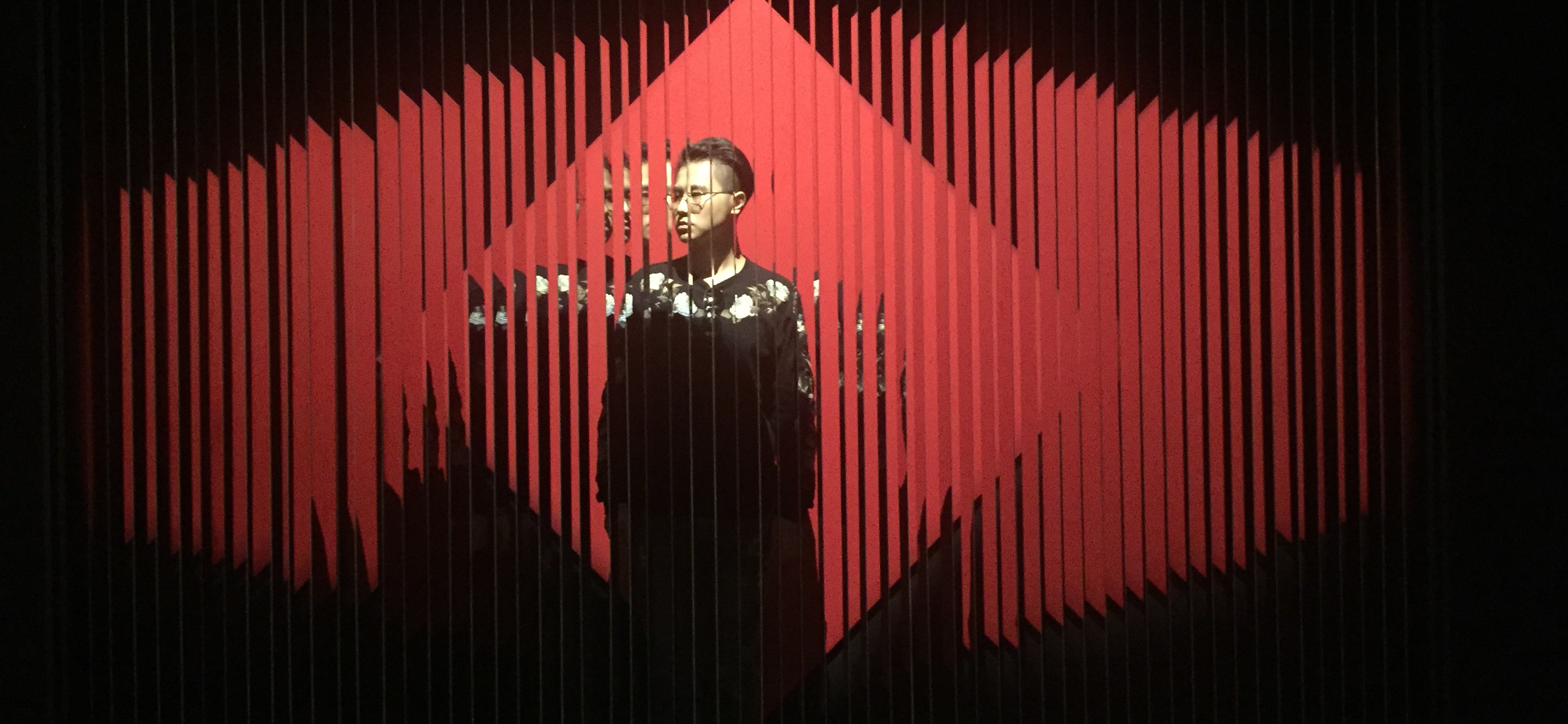1) Finalize your final project project idea + work plan. Narrow your three ideas into one final idea. Then, answer the following on your LP:
1) What is your project idea and why do you want to make it? Describe how this design/object/idea will specifically help YOU (make sure it is designed for you, not someone else, or an anonymous user) be more resilient and navigate environmental change over the next 50 years.
My idea is to make a fashion rain coat. Because I want to try to make a garment which can combine with functionality and fashion for myself, I think rain coat is a good idea. For this garment, I will focus on it can matching with any style of clothing without affecting the original dress style. Or it may even make my style even more trendy for the rainy day. Because this is a functional garment but the frequency of use may not be high, which means it is also less likely to be damaged than normal clothes, so I think I can keep it for over 50 years.
2) Describe your work plan for the next month.
Firstly, I will draw some sketches for my design, then make some patterns on pattern paper, and make a fabric sample to test. These works will finish in first two weeks. At last, I will make the final garment by PUL fabric.
3) How will you source materials?
For this project, I will use PUL fabric, it is a soft and waterproof material and usually using for military supply or baby products such as diaper. This is a new technology material, in the production process will not cause undue burden on the environment. Because the rain coat need to be waterproof and ventilate, this fabric even though is the unnatural material, it is a safe material and good for keep long time also Eco-friendly.
This is the web site for introduce PUL material:
http://www.diapersewingsupplies.com/what-is-pul-fabric-pul-fabric-by-eco-pul/
I also have the plan B. My plan B is the natural material solution. Which is canvas fabric combine with beeswax. Apply the beeswax evenly on the canvas can make the fabric waterproof. However, this fabric can be very difficult to clean up and need to be replenished with beeswax, and the storage time may be well below 50 years.
I may will use some environmentally friendly biomaterials, such as KOMBUCHA leather. But recently I did not have enough time and technology to produce this fabric on a large scale.
4) How does your project specifically encourage resiliency or use resilient materials?
The fabric I use may have no resiliency. However, PUL material can be stored for a long time, and its abrasion resistance is much better than the textile fabric. This is an experimental project for test the combination of functional and fashion, and I believe that if designed properly it will be a successful long-life product.
5) How will it be repaired?
The fabric of this raincoat is PUL, it abrasion resistance is very good. But if it still get damaged for some reason, it can be sewed up, this may actually improve the fashion sense of raincoats.
2) Explore articles published in the New York Times within the last month in the “Climate and Environment Section (Links to an external site.)Links to an external site.”
1) What was the most interesting visual that you found (photograph, diagram etc.) and why was it so powerful to you? Include the image and the link in your post.
I think the pictures they show are very impactful which attract my eyes. The visual message conveyed by these images is very shocking, like the visual messages conveyed by these pictures are all very shocking, such as the burning forest, the flooded utility poles and satellite images of the weather. These pictures show the perspectives that people rarely see.
2) Given what you learned in this article, how different do you think the planet be 50 years from now?
I read ‘What the Climate Report Says About the Impact of Global Warming’, the article mentioned the impact of climate change on us, and for these effects, we are not in the prediction stage, but in the realization stage now. The phenomena that scientists once predicted are now gradually becoming a reality. If as the article describes, many coastal areas will be flooded 50 years from now, climate will become more unstable, air pollution can be very serious, the U.S. economy will have an impact. The impact will have a chain effect. The real loss will be unpredictable.
3) In what ways do you think these realities will impact your work and life 50 years from now?
Because of the air pollution, government may control the number of private cars, which means I can get my own car much difficult than before. I may also move to inland area for escape the floods.
4) How might your Long Life Design final project address, acknowledge and/or work with such climate related changes over the next 50 years?
My project is the raincoat, but this is an experimental project for test the combination of functional and fashion, itself is a long-life design, but the more valuable factor is the concept of it. If the market can be widely recognized by both functional and fashion design in the future, then I think people will reduce the consumption of daily necessities or slow down the consumption. So, our utilization of resources will increase, which means our burden on the environment will decrease.
